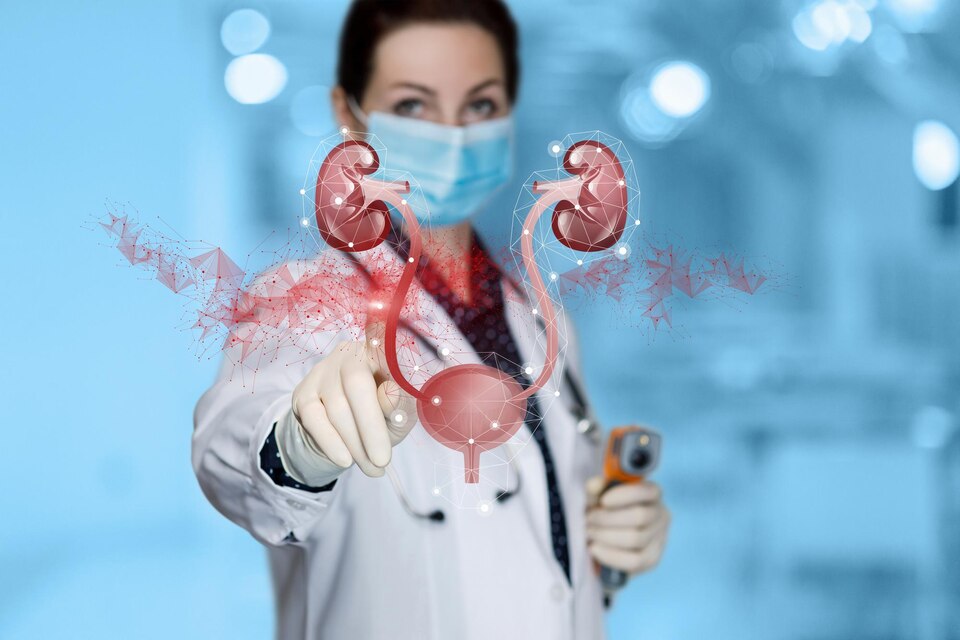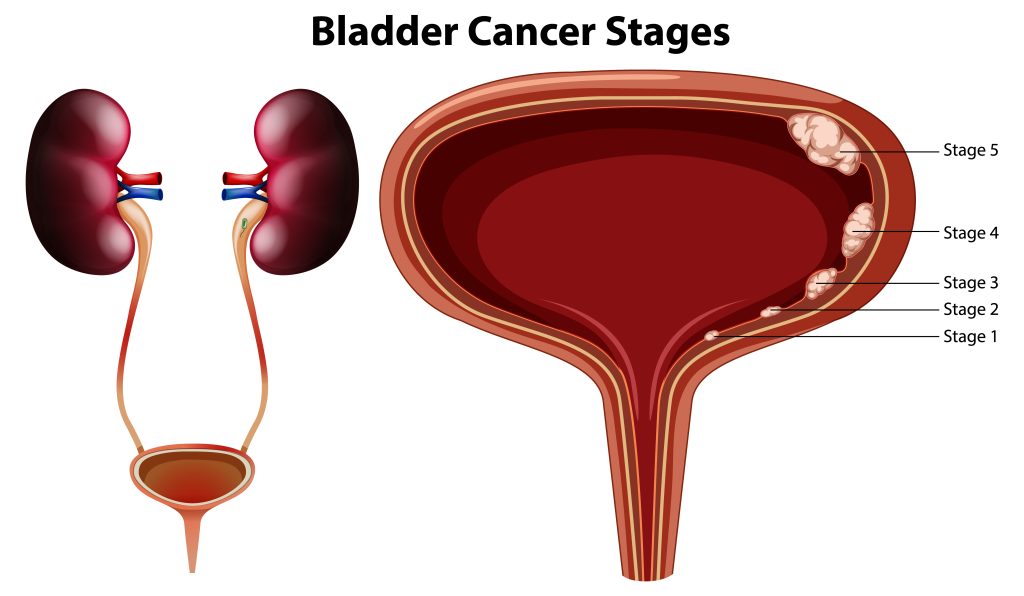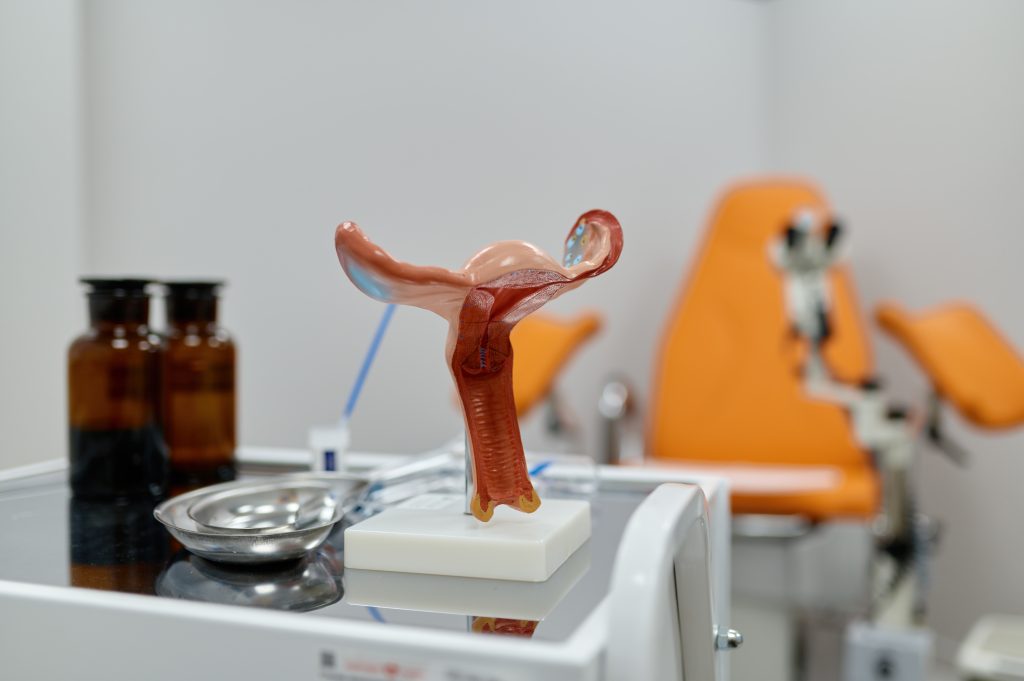Cystoscopy: A Quick and Easy Way to Diagnose Urinary Tract Problems
A cystoscopy is a medical procedure where a urologist examines the bladder and urethra using a scope. This procedure is conducted to diagnose and treat various urinary tract issues such as bladder cancer, problems with bladder control, enlarged prostates, and urinary tract infections.

Different methods of cystoscopy and their processes
There are 2 types of cystoscopy:
- The medical procedure known as flexible cystoscopy involves the use of a slender and adaptable cystoscope, approximately the size of a pencil. It is performed whilst you are conscious.
- Rigid cystoscopy involves the use of a slightly wider cystoscope that does not flex. During this procedure, you will either be sedated or the lower part of your body will be numbed.
If the purpose of the procedure is solely to examine the inside of your bladder, flexible cystoscopies are typically performed. However, if there is a need for treatment of a bladder issue, a rigid cystoscopy may be conducted.
If you are unsure, consult your doctor or nurse to determine which type of cystoscopy is suitable for you, as it is available for anyone.
Why it’s done
A cystoscopy is a medical technique that permits a doctor to observe the interior of the bladder and urethra by employing a slender, bendable tube containing a camera at the tip, known as a cystoscope. This procedure is frequently utilized for the diagnosis and treatment of urinary tract issues in both males and females.
Below are several explanations as to why a cystoscopy procedure may be necessary:
- In order to examine blood present in the urine, a cystoscopy is often performed to identify the root cause of the bleeding. This can range from a bladder infection to even bladder cancer.
- Cystoscopy is considered one of the most effective methods for detecting bladder cancer, as it enables doctors to visually examine and identify any unusual growths or tumors within the bladder.
- In order to determine the reason for regular urinary tract infections (UTIs), your doctor might perform a cystoscopy to examine whether there are any obstructions or abnormalities in your urinary tract that are resulting in the infections.
- In order to identify bladder stones, which are solid mineral deposits that can develop in the bladder and lead to pain and discomfort, a cystoscopy procedure can be used for both detection and removal if they are of small size.
- In order to diagnose urinary incontinence, which refers to the unintentional release of urine, a medical procedure known as cystoscopy can be conducted to identify the underlying cause, such as a bladder muscle that lacks strength or any obstructions within the urinary tract.
- To address specific issues within the urinary tract: Cystoscopy may be employed to manage urinary tract conditions, for instance, eliminating bladder stones, placing a stent to maintain ureteral patency, or administering medication directly into the bladder.

Preparing for a cystoscopy
If you have a UTI or a weak immune system, your doctor may recommend antibiotics before and after the procedure. Prior to the test, you may also be required to provide a urine sample. If your doctor intends to administer general anesthesia, you will feel drowsy afterwards, so it is necessary to arrange transportation home before the procedure. It is advisable to take some time to rest at home after the procedure as well.
Inquire with your doctor about the possibility of continuing your regular medications. Some medications may potentially lead to excessive bleeding while undergoing the procedure.
How is a cystoscopy performed?
Although a cystoscopy can be uncomfortable, the use of anesthesia ensures that you will not feel any pain. Typically, a diagnostic cystoscopy lasts around five minutes, though it may occasionally take a bit longer. However, if you are undergoing a biopsy or treatment, the procedure may take additional time.
During the Procedure:
- Placement and type of anesthesia: You will be positioned comfortably on an examination table, with your legs slightly separated. The choice of anesthesia, either local or general, will depend on the complexity of the procedure and your medical background. Its purpose is to guarantee your comfort and help you relax.
- The cystoscope insertion involves gently placing a thin and flexible tube called a cystoscope into your urethra. The tube is equipped with a camera and is guided up into your bladder. This procedure usually causes very little discomfort.
- Bladder filling: In order to enhance visibility, your doctor may gradually introduce sterile fluid into your bladder. During this process, you may feel some pressure or mild discomfort.
- Examination and treatments: Using a cystoscope camera, your doctor will carefully examine the interior of your bladder and urethra. Depending on the purpose of the procedure, tissue samples may be taken or specific therapeutic actions, like removing bladder stones, may be carried out.

Recovering after a cystoscopy
Take some time to relax and give your body a break. Stay hydrated and make sure you have easy access to a bathroom. You may find relief from any discomfort by placing a damp and warm washcloth over your urethra. If your doctor allows it, consider taking pain relievers like acetaminophen (Tylenol) or ibuprofen (Advil).
If you have received general anesthesia, it is important to have a companion present with you following the procedure. You may experience drowsiness or dizziness afterwards. It is advised to avoid alcohol consumption, driving, or using complicated machinery for the remainder of the day.
If you have undergone a biopsy, it is important to give yourself enough time to recover. Refrain from engaging in heavy lifting activities for the next fortnight. Seek guidance from your doctor regarding when it would be safe for you to resume sexual intercourse.
Treatment in Türkiye:
The medical staff of surgical teams, doctors, and consultants at REHABTÜRK can provide the best treatment options and free consultations, striving to stay up-to-date on the latest medical technologies and methods.
